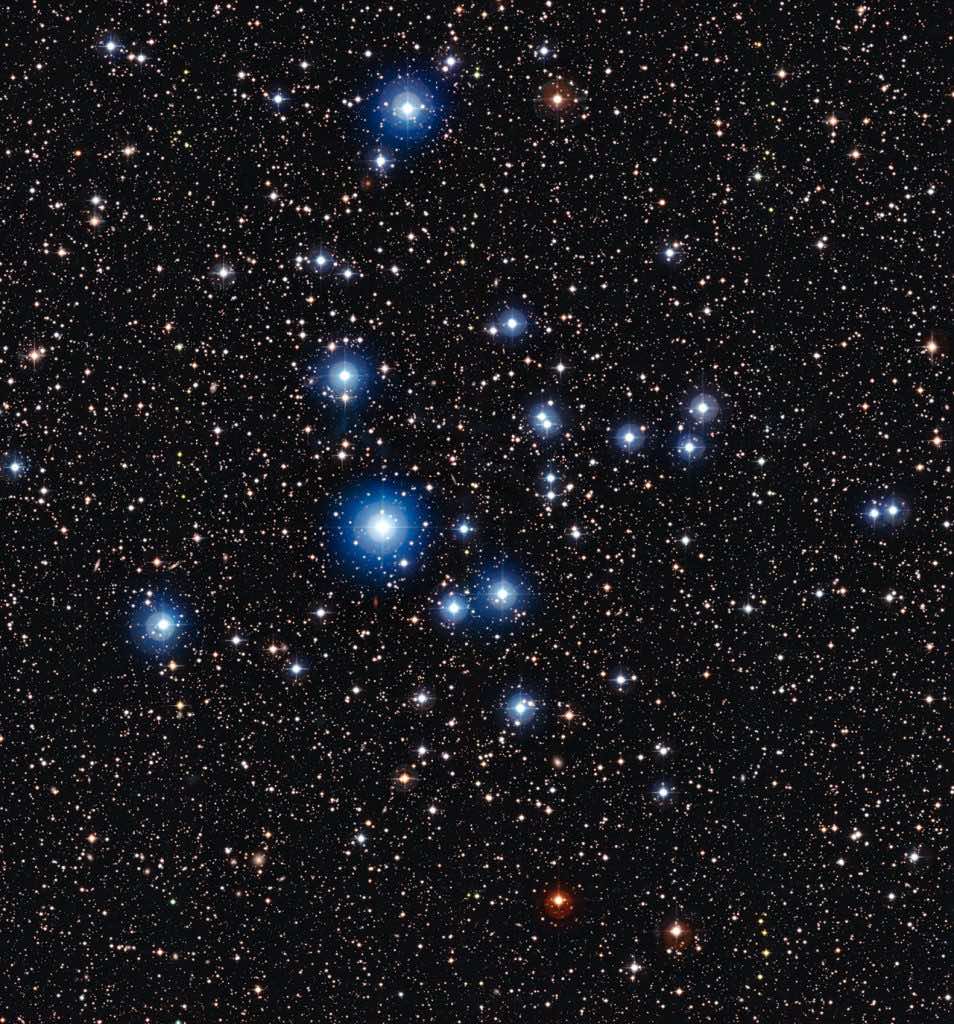Researchers from the Netherlands Institute for Radio Astronomy have investigated the existence of nearby small galaxies by exploring the gas clouds. As soon as the findings from this study were published, a group of astronomers from the University of Arizona figured out five new classes of stellar systems. As described by the researchers, the stellar system is composed of an asymmetrical distribution of “young and blue stars” that are smaller than the size of galaxies. This stellar system is found somewhere adjacent to the Virgo galaxy cluster.
Moreover, these five dwarf galaxies are distant from their implied parent galaxies with a proximity of over 300,000 light-years. Due to this considerable distance, it becomes very difficult for the astronomers to locate their existing parent galaxies (if any). It is interesting to note that the gas clouds which were discovered by the researchers were believed to be related to our Milky Way galaxy, but when the first stellar system known as SECCO1 was found, the astronomers discovered that it is linked to the Virgo cluster group instead of the Milky Way galaxy.
Michael Jones, who is a postdoctoral fellow at the University of Arizona Steward Observatory and the lead author of a study, described SECCO1 as a composition of unusual “blue blobs” and said, “It’s a lesson in the unexpected. When you’re looking for things, you’re not necessarily going to find the thing you’re looking for, but you might find something else very interesting. ” However, the data from this stellar system was collected from three telescopes, namely the famous Hubble Space Telescope, the Very Large Array telescope in Mexico, and the Very Large Telescope in Chile.
The team deduced from the results of the Very Large Telescope that most of the stars are found to be ‘blue and young’ but are not rich in atomic hydrogen gas. The lack of atomic hydrogen gas is of great concern because it is the primary element for the genesis of stars. This was sudden and given this, Jones said,
“To astronomers, metals are any element heavier than helium. This tells us that these stellar systems formed from gas that was stripped from a big galaxy, because how metals are built up is by many repeated episodes of star formation, and you only really get that in a big galaxy.” Thus, this demonstrates that the considerable elimination of atomic hydrogen gas from the stellar system is due to two main reasons:
The first one under consideration was “tidal stripping,” which is a result of the confrontation of two galaxies and their gravitational attraction during the process, which may result in the deformation of stars and gas. On the other hand, the second phenomenon under consideration was “ram pressure stripping.” Jones stated, “This is like if you belly flops into a swimming pool. When a galaxy belly flops into a cluster that is full of hot gas, then its gas gets forced out behind it. That’s the mechanism that we think we’re seeing here to create these objects.”
The team considered ram pressure stripping as the major cause of the isolation of blue blobs and the stripping of gas because they must be moving very quickly, and the astronomers just hope that they have the potential to split into individual systems and extend across the larger galaxy shortly. David Sand, who is the co-author of the study, said, “We think that this belly-flopping process changes a lot of spiral galaxies into elliptical galaxies on some level, so learning more about the general process teaches us more about galaxy formation.”

